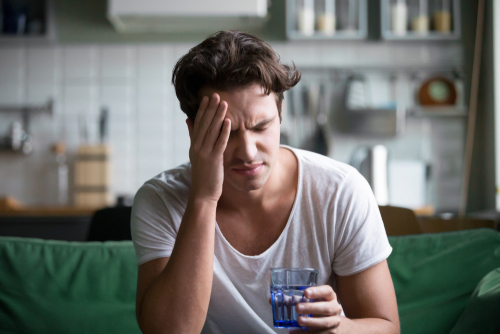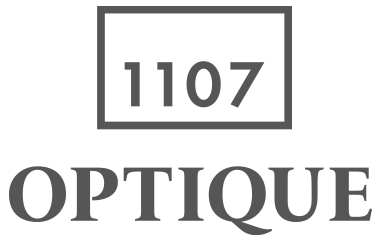
Are you experiencing eyes that burn, feel gritty or scratchy? Or eyes that persistently sting and have excessive tearing? How about constant fluctuation of vision or light sensitivity? If you answered yes to one or more of these, then you may be one of the millions suffering from dry eye syndrome.
The CDC has recently categorized dry eye as a disease because it’s been found that if not treated timely, the damage from dry eye disease is often irreparable, leading to worsening symptoms with time.
What Causes Dry Eye?
There are lots of things that can trigger dry eye syndrome. Many of them can affect you at the same time. Common causes can be environmental – like a dry climate or windy conditions – or they can be habitual, caused by too much screen time or smoking.
There is also the possibility that your dry eye syndrome could be genetic, as well. However, the root cause of dry eye is usually one of two distinct categories: tear quantity and tear quality (most commonly from inflammation.)
Tear quantity as a cause of dry eye is pretty straightforward. If your eyes are not producing enough tears, then your eyes will become dehydrated.
Tear quality is a bit more complicated. To understand it, you need to know what makes a tear.
There are three main ingredients in tears. They are water, mucus, and oil.
Water carries the nutrients that nourish and hydrate your eyes. The mucus causes the water to spread evenly across the surface of your eyes.
The oil coats the tear, protecting it from evaporating too quickly. When an individual has poor tear quality, it is often due to a lack of oil.
Self-Treating Dry Eye
Your dry eye symptoms may be manageable through self-care and minor lifestyle adjustments. The first thing to do is to remove potential causes of dry eye from your life.
Quitting smoking will not only help your dry eye, but it will also benefit your health overall. Spending too much time using screens can be harmful because you tend to forget to blink when looking at them. Remember the 20/20/20/20 rule – for every 20 minutes spent on your device, look 20 feet away for at least 20 seconds, blinking at least 20 times.
If your dry eye is allergy-induced, tracking pollen counts is a good way to prevent flare-ups. That way, you can keep your windows closed and stay inside while counts are high. Be aware that certain over-the-counter medications and other prescription drugs can contribute to dry eye. Medications with antihistamines can feel like a lifesaver, but may also cause your eyes to make fewer tears, leading to dry, irritated eyes. Zaditor and Alaway are two great over-the-counter eye drops that combat itchy eyes due to allergies.
Next, try modifying your home to reduce dry eye. Using humidifiers will add moisture to the air in your home. Sealing cracks around the house will stop that moist air from escaping. Installing air purifiers will remove allergens and irritating particles from the air.
Mild dry eyes can be relieved by using artificial tears like Refresh, Systane, or Blink. If your eyes start feeling dry on a regular basis, you may need more than artificial tears.
Professional Dry Eye Treatment
If you are using artificial tears more than 4 times a day, your dry eye symptoms should be tested for a long-term solution. The first thing your eye doctor will do is determine what is causing your dry eyes. The SPEED questionnaire will help your eye doctor determine the severity of your dry eye. The treatment your eye doctor recommends will depend on your SPEED questionnaire results.
One option is intense pulsed light (IPL) treatment. IPL treatment uses gentle pulses of light to unblock the oil-producing glands in your eyelids. These glands, called the meibomian glands, can get clogged with hardened oil.
Unclogging them allows the oil to flow again that is needed to keep tears on your eyes. IPL also treats inflamed eyelids, reducing eyelid redness and stimulating healthy gland function.
Another option that also opens your meibomian glands is iLux thermal pulsation.
iLux uses heat lights to melt the oil and then pressure to remove the blocks from the glands. Each treatment lasts eight to twelve minutes.
There is also an at-home treatment kit that our doctors recommend to ensure good eye health. The OSD (ocular surface disease) kit is a three-part treatment that consists of a warm moist compress, lid scrub, and artificial tears. These are sold in our office for $40.
Are you ready to get to the bottom of your dry eye once and for all? Schedule an appointment at VisionPoint Eye Center in Bloomington, IL and get your eyes feeling good again!









